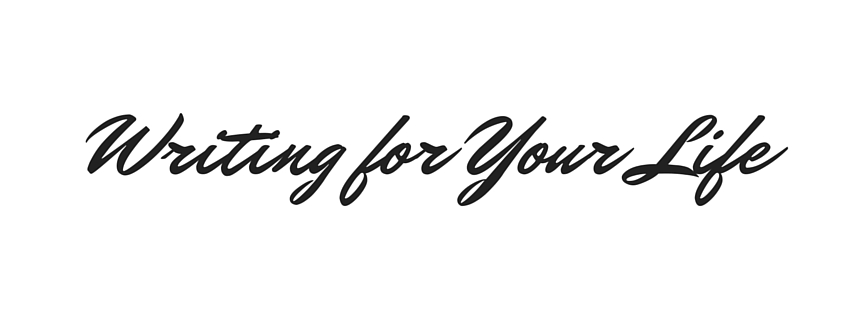In the musical 1776 there’s a classic scene in which Thomas Jefferson starts his solitary work of drafting the Declaration of Independence. Quill in hand, he scribbles down a line, looks at it, then crumbles up the paper and throws it on the floor. He sits a moment, thinking, and then scribbles another line. Again, dissatisfied, he wads it up and throws that on the floor as well. He thinks once more. Then as he’s about to make a third attempt, but before he even writes one word, he looks at the blank paper, crumbles it up and throws it down.
Logically enough, most people start by trying to think up and then write down various openings. But, as Jefferson displays, that is almost always the wrong approach. It is very difficult to come up with something strong and memorable without a context. So how do we craft one? How do we come up with a line or story that is powerful, substantive, and shows our readers clearly where we are going?
Here’s a simple technique that I have found helpful in my own writing and in working with many authors.
First, just start writing. Don’t worry about the opening line. Begin wherever you want and get your thoughts down on paper. You may write several pages or even complete the whole draft – or a second or third draft – all without a strong beginning.
Once you’ve done that, throw away your first three paragraphs. Your piece probably begins with the fourth. Why? We almost all need some time to get going, to figure out what we want to say. Once we build up a little momentum, things begin to flow. But no one wants to watch us change the oil, check the tire pressure, wash the windows. They just want to get on the road with us. So don’t make your readers watch you try to get a car started that is out of gas.
You may only need to throw away one paragraph or it may be ten. Get rid of anything that looks like preliminaries. Background information about your topic or about yourself is probably unnecessary. If it does matter, put it in later.
One likely place things get rolling is when you begin telling a story. After relating the tale, then you can step back and explain how that episode connects to your topic and why it is important. But all that leads up to the story? Make it go away.
from “Write Better: A Lifelong Editor on Craft, Art, and Spirituality” by Andrew T. Le Peau, Intervarsity Press
